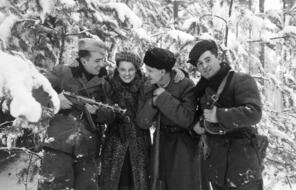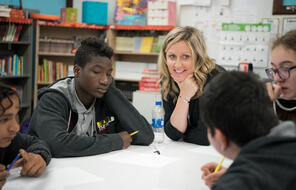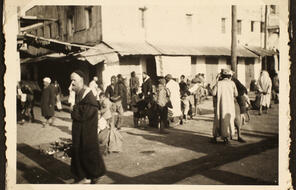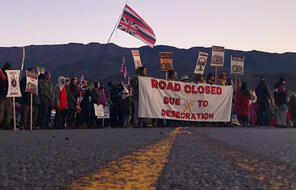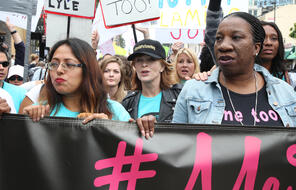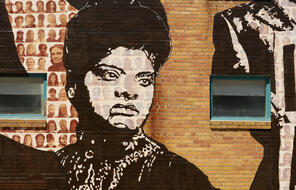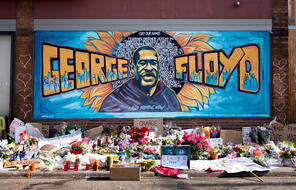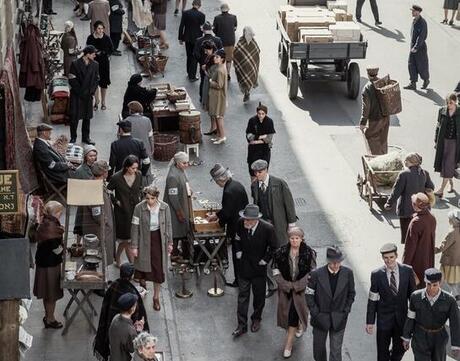
Telling Our Histories
At a Glance
Language
English — USSubject
- History
Grade
7–12Duration
One 50-min class period- The Holocaust
- Resistance
Overview
About This Lesson
In the previous lesson, students watched the documentary Who Will Write Our History and explored the profound courage and resistance of a group of people facing certain death who seized control of their own narrative. While the story of Oyneg Shabes is singular, the question they posed (“Who will write our history?”) and the actions they took can inspire us to think about how we might tell the stories of our own communities in a more just and equitable way. In this lesson, students continue to explore themes from the film and to connect them to the concept of a “single story,” which the novelist Chimamanda Ngozi Adichie defines as the overly simplistic and sometimes false perceptions we form about individuals, groups, or countries. Students will then reflect on the “single stories” of the communities to which they belong and consider what it would take to write more equitable and accurate narratives of their communities.
Preparing to Teach
A Note to Teachers
Before you teach this lesson, please review the following guidance to tailor this lesson to your students’ contexts and needs.
Lesson Plans
Activities
Extension Activities
Materials and Downloads
Quick Downloads
Download the Files
Get Files Via Google
Unlimited Access to Learning. More Added Every Month.
Facing History & Ourselves is designed for educators who want to help students explore identity, think critically, grow emotionally, act ethically, and participate in civic life. It’s hard work, so we’ve developed some go-to professional learning opportunities to help you along the way.
Exploring ELA Text Selection with Julia Torres
On-Demand

Working for Justice, Equity and Civic Agency in Our Schools: A Conversation with Clint Smith
On-Demand

Centering Student Voices to Build Community and Agency
On-Demand




